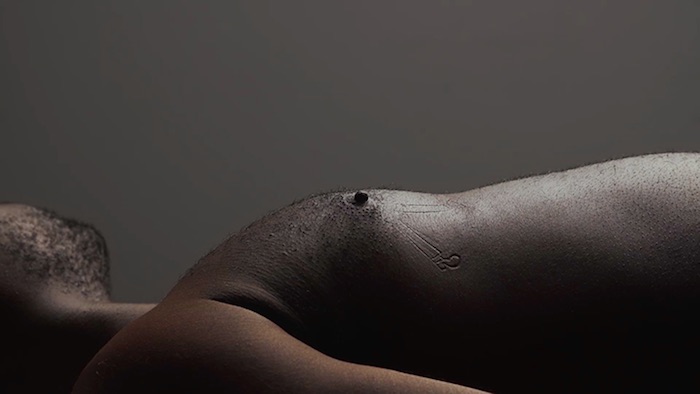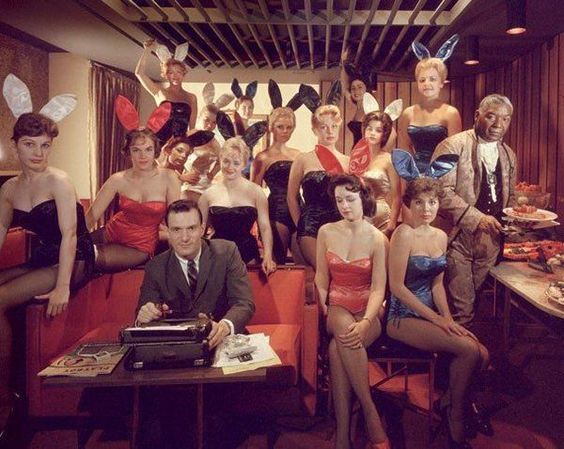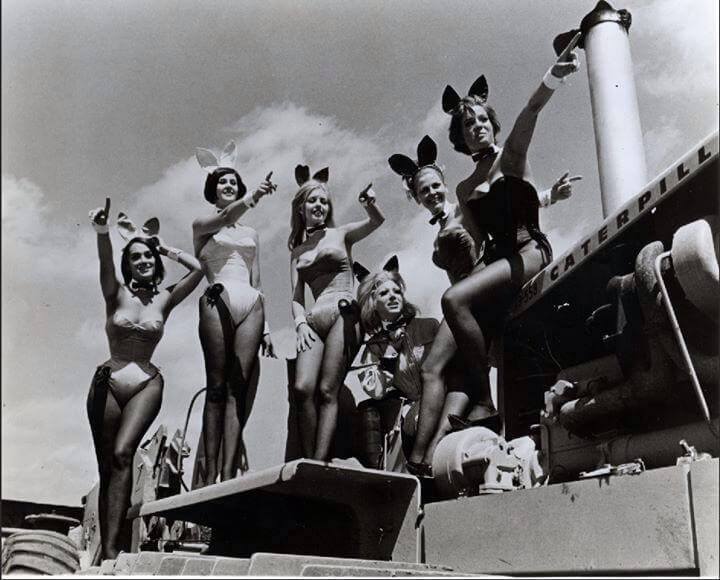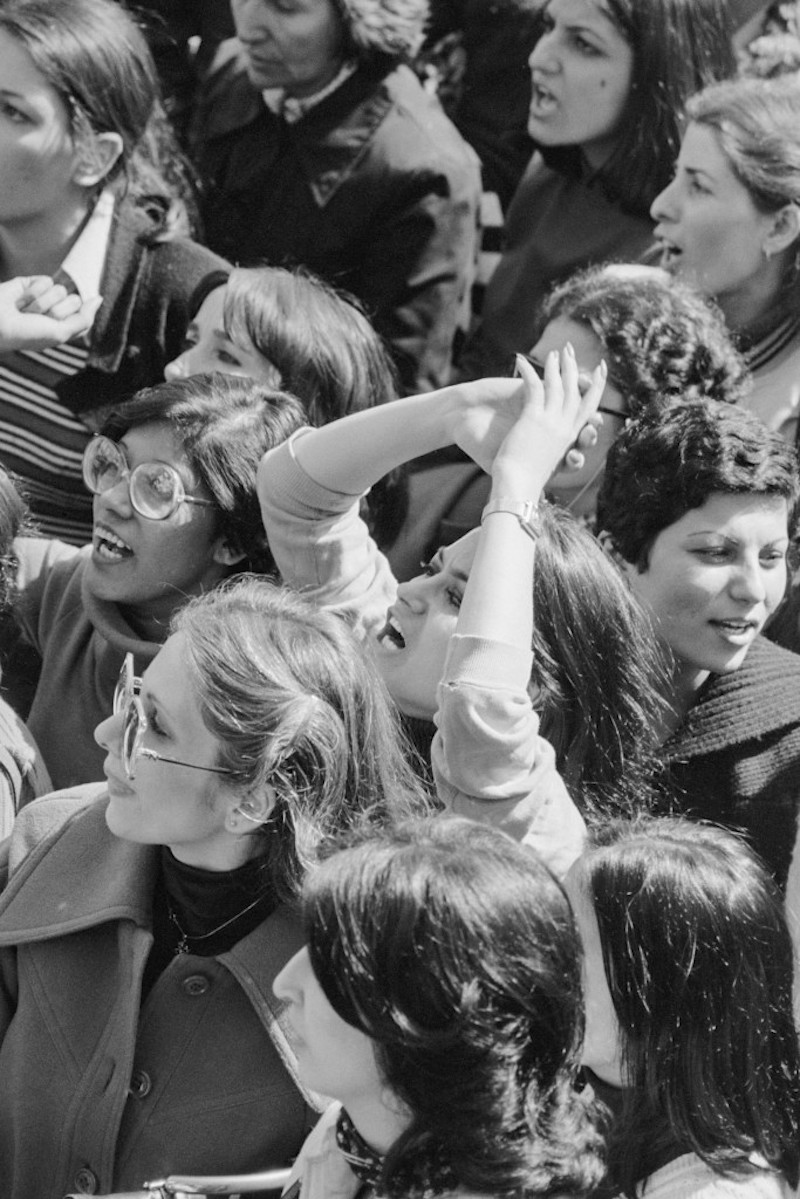
There was once a strong belief among many Iranians that if they wanted something, then they just had to go out onto the street and demand it. This idea was fostered by the role many Iranians had in deposing Shah Mohammad Reza Pahlavi and bringing back the radical Muslim cleric Ayatollah Khomeini from exile in France in 1979. This ended 2,500 years of Persian monarchy, replacing it with an Islamic Republic.
The Shah was seen as an autocratic, brutal, and oppressive dictator, who was attempting to westernize the country against the will of the people. The opposition to the Shah and his alleged evil western ways brought together an odd mix of Marxists, socialists, Islamic fundamentalists, and even the misguided media outlet the BBC. Together this unlikely coalition succeeded by demonstrations, strikes, marches, and news propaganda in forcing the Shah (and his supporters) to flee Iran and to bring in the Ayatollah and his Islamic revolution.
Many Iranians thought they were taking back control of their country for themselves. It wasn’t quite so simple. Political coalitions, no matter how well-meaning, only ever work in favor of those who appear to have the most power. The Ayatollah Khomeini was a figurehead around whom the country could unite. Therefore, Khomeini appeared to have the most power. Rather than working together to curtail the Khomeini’s influence, the socialists and the Marxists and the liberals all tried to win his support. This only confirmed to the Ayatollah Khomeini (and the Muslims who supported him) that he was in control.
An estimated one million people greeted the Ayatollah Khomeini’s arrival in Iran by Air France jet, in February 1979. By the end of March, the people had voted by an overwhelming margin of 99% to make Iran an Islamic Republic.
Though women were credited by the Ayatollah Khomeini for their essential role in bringing about the Iranian revolution, in early March 1979, he paid back their actions by implementing an edict that made it compulsory for all women to wear the hijab (veil) in public. Suddenly, any promise the Ayatollah offered of a new, better, fairer Iran was revealed as nothing more than a chimera. Khomeini was a hardline fundamentalist and he had no time for individual freedom—not when he knew what his invisible friend wanted. And Allah apparently wanted women covered up.
On March 8th, 1979, 100,000 women marched on the streets of Tehran against the mandatory wearing for all women of the hijab. Photographer Hengameh Golestan was present that day and believed it was her responsibility to document the demonstration as she was witnessing “something historic.”
It was a huge demonstration with women – and men – from all professions there, students, doctors, lawyers. We were fighting for freedom: political and religious, but also individual.
~Snip~
“They were demanding the freedom of choice. It wasn’t a protest against religion or beliefs, in fact many religious women joined the protest, this was strictly about women’s rights, it was all about having the option.”
~Snip~
I was walking beside this group of women, who were talking and joking. Everyone was happy for me to take their picture. You can see in their faces they felt joyful and powerful. The Iranian revolution had taught us that if we wanted something, we should go out into the street and demand it. People were so happy – I remember a group of nurses stopping some men in a car and telling them: “We want equality, so put on some scarves, too!” Everyone laughed.
I wanted to join in all the protests during the revolution, but I knew I had to go as a photographer. My first thought was: “It’s my responsibility to document this.” I’m rather small, so I was ducking in and out of the crowd, constantly taking photos. I took about 20 rolls of film. When the day was over, I ran home to develop them in my darkroom. I knew I had witnessed something historic. I was so proud of all the women. I wanted to show the best of us.
This turned out to be the last day women walked the streets of Tehran uncovered. It was our first disappointment with the new post-revolution rulers of Iran. We didn’t get the effect we had wanted. But when I look at this photo, I don’t just see the hijab looming over it. I see the women, the solidarity, the joy – and the strength we felt.
The women lost. The demonstration ended with the women being attacked and some even stabbed on the streets of Tehran. The men and their sexist, superstitious beliefs won. It’s a way of having power over women that continues to this day in many different forms.
Pioneering photographer Hengameh Golestan has been documenting life in Iran for 28 years, see more of her work here.
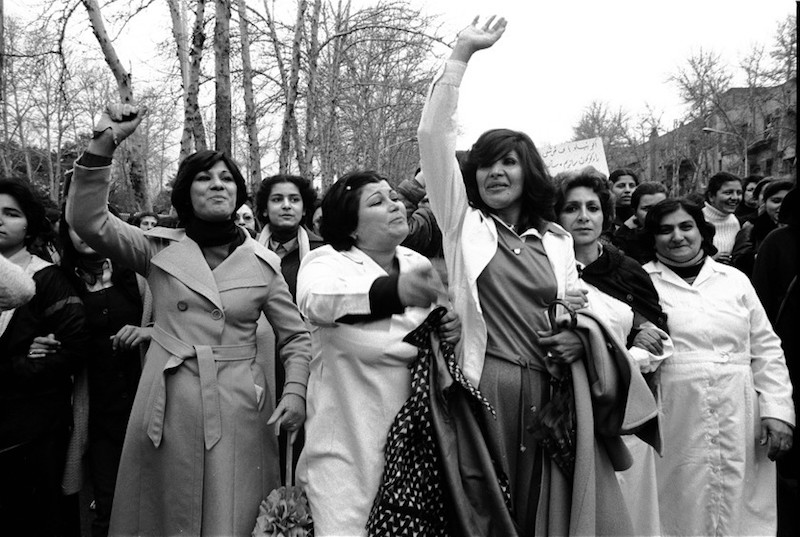

See more photos, after the jump…


